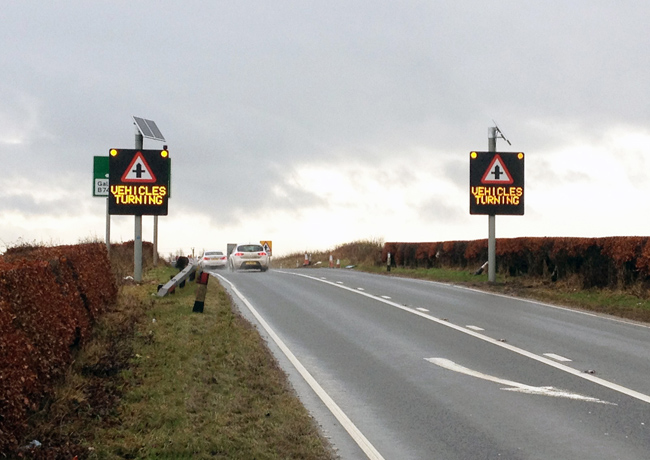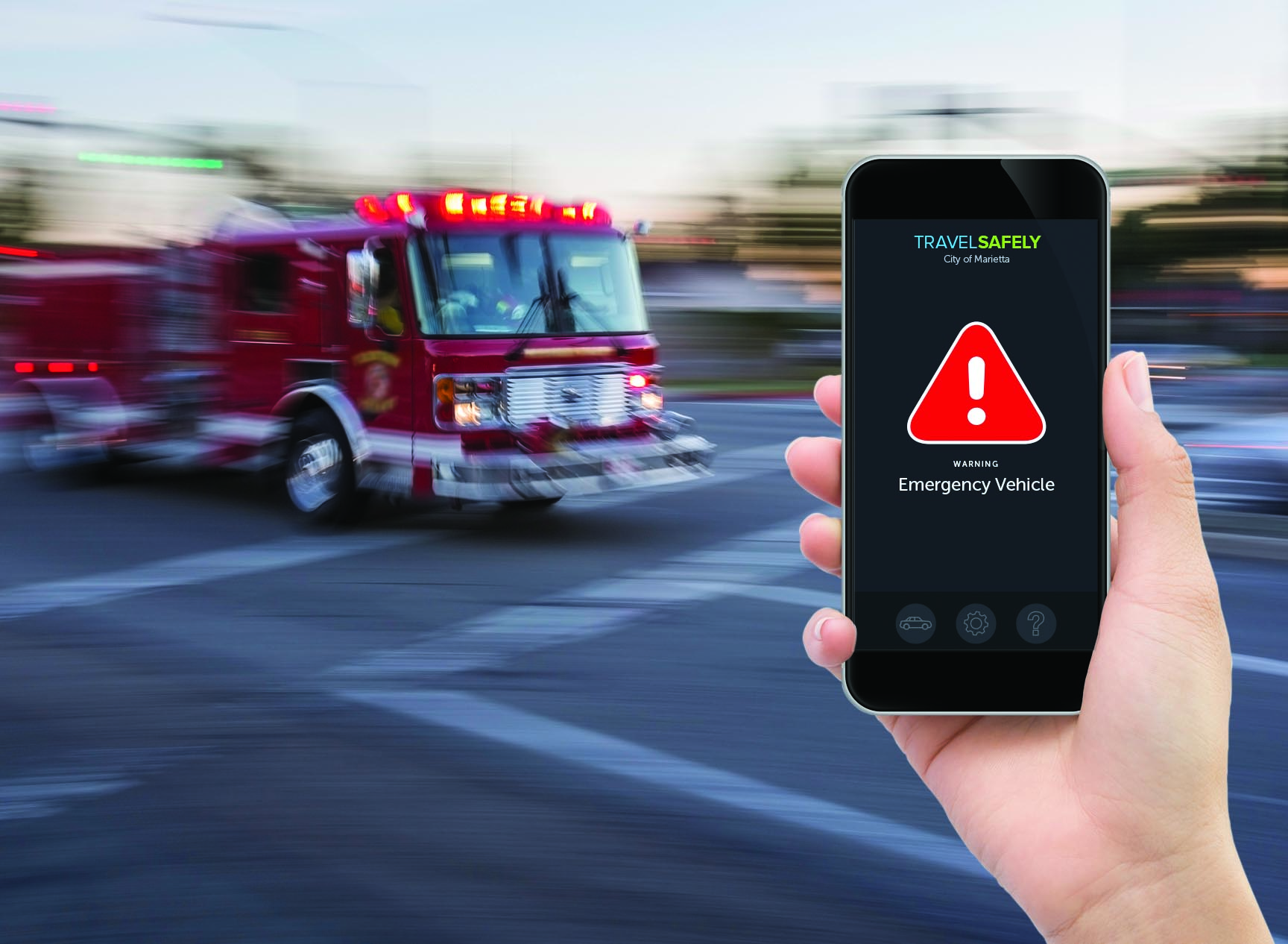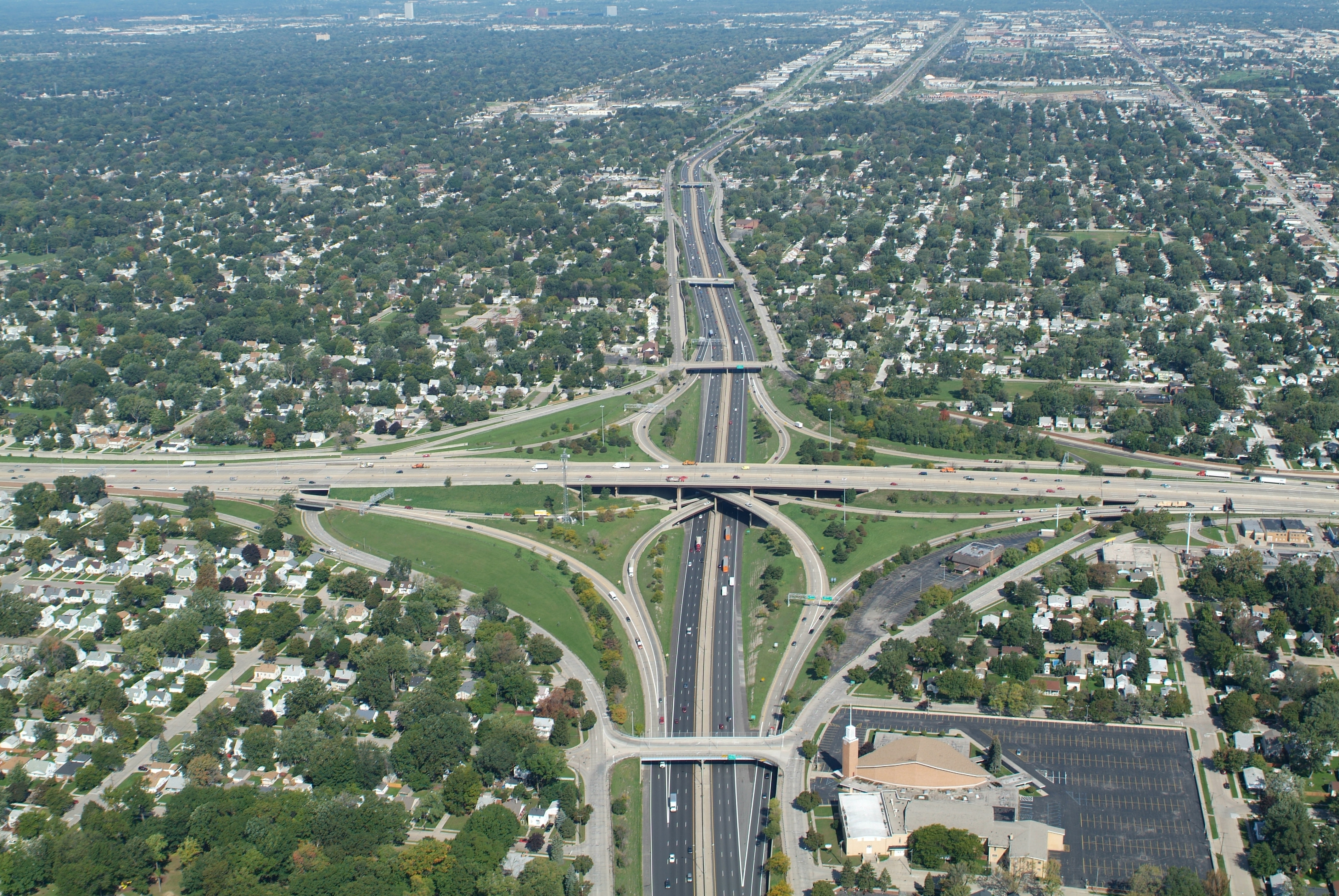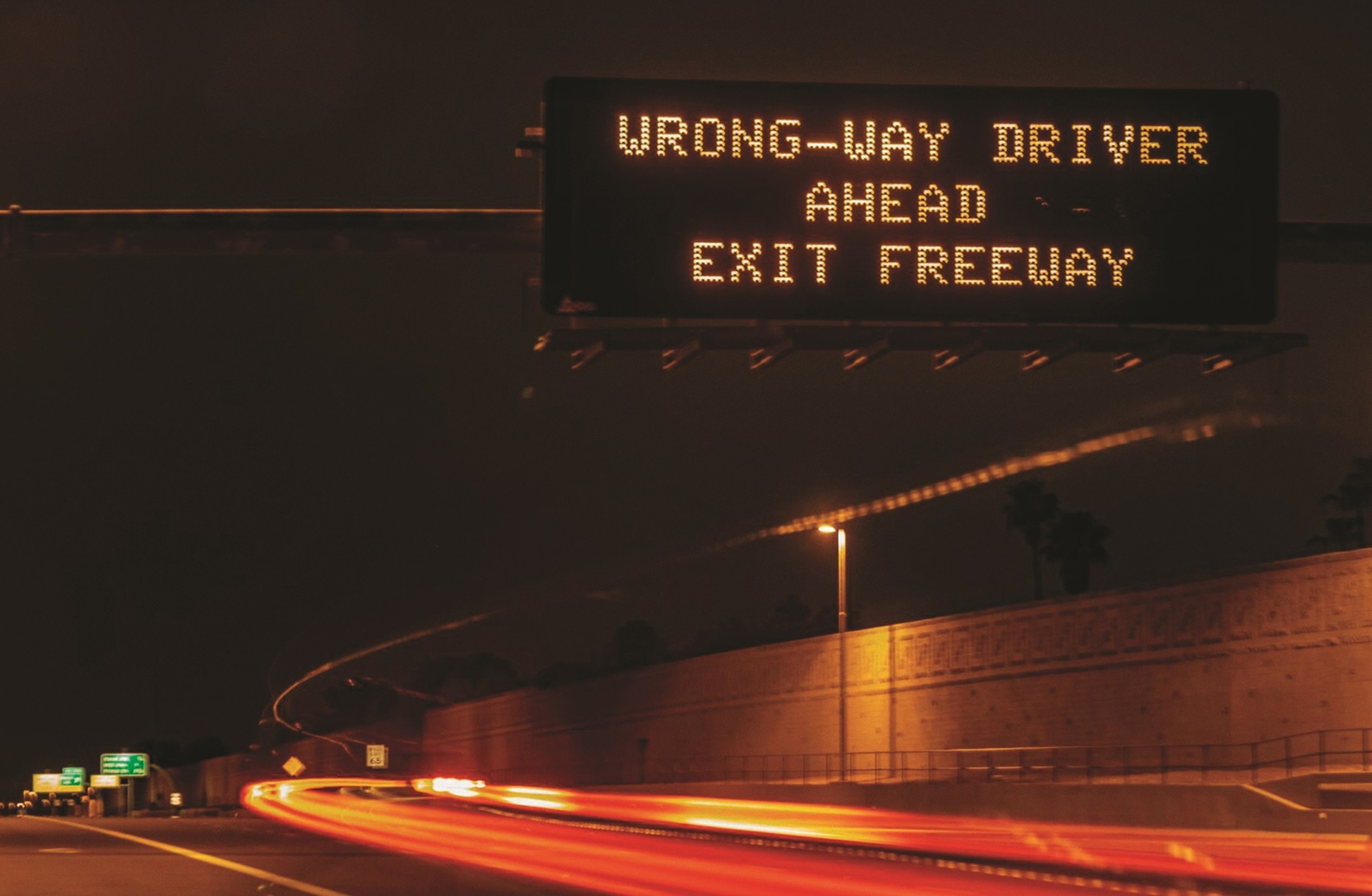
Where were nearly 1,800 deaths on the UK’s roads in 2018 – an average of five people dying each day. The largest single cause of serious injury is crashes at junctions (accounting for 33% of incidents), while the largest single cause of death was run-off road crashes (30%)
“With vehicles increasingly being designed with safety at the forefront, this means that human error is, more often that not, the main contributing factor,” says Shona Wooding, strategic relationship manager at
In-car technology and over-complicated road signage diverts driver attention, while factors such as poor visibility or adverse weather also come into play. Better road markings and improved junction layouts are among the obvious possible areas of safety improvement.
“In these times of constrained public spending, we also need to collaborate to obtain the best value for money and be wiser in how we use technology and get it to do more for us,” Wooding says. “In many cases, we probably only use a fraction of the technology capabilities. For example, remote system monitoring to enable proactive maintenance can minimise disruption, and combining existing and new sources of data – and sharing that data more openly. Making the road layout more easy to understand will reduce confusion and allow the driver to give their full concentration to the task of driving. Dynamic signing is a great addition too: this can tell you what’s happening before you see it - if there’s a car emerging from a junction, a queue ahead of you, or a long vehicle straddling the lines.”
Dynamic lane markings
Allowing drivers to see more clearly where they are going makes them feel safer but does not encourage speeding, research suggests. Active road studs can reduce night-time collisions by over 70% and, when compared to a proactive maintenance programme for retro-reflectors, they provide a lifetime cost saving, Wooding says. Solar-powered active road studs provide up to 10 times better visibility than traditional retro-reflective studs and are better in adverse weather. “The route ahead is much clearer for longer with active road studs in place,” she adds. Therefore drivers have longer to respond to hazards.
Intelligent road studs, such as Clearview’s IRS2, can be integrated with and activated by third-party traffic control devices. “Synchronising intelligent road studs with traffic signals – so they turn ‘on’ with the green phase, and ‘off’ with the amber – allows traffic from different directions to receive tailored road markings which can reduce driver confusion on busy junctions,” Wooding continues. They can be used at roundabouts, where poor lane adherence is a common cause of accidents.
Improved delineation with active and intelligent road studs can result in less congestion and fewer crashes. But Wooding suggests that they can be integrated with other technologies to offer better information for drivers in different scenarios – particularly in terms of warnings around speed compliance, incidents at junctions and queue protection.
Detection systems
Among the most devastating mistakes a driver can make is go the wrong way up an exit slip road. By the time he or she has realised the error, it is almost certainly too late since traffic is likely to be travelling fast in the other direction. Clearview’s wrong-way slip detection solution uses loops or magnetometers to detect vehicles travelling against the designated traffic flow and flags up an alert on the VAS. Road operator
When the system - using inductive loops installed in the carriageway and Clearview’s M680 count and classify system - detects a vehicle doing this, it triggers solar-powered VAS which flash a ‘no entry’ symbol ahead of the drivers, prompting them to turn around. This forms a last line of defence, hopefully giving the driver time to react. In a video shown by Clearview, the driver is able to brake and do a quick three-point turn before the oncoming traffic arrives.
A similar system was also introduced to two locations on the A1 and on the Edinburgh bypass, where it included the provision of cameras and an auto alert system from Clearview’s Insight software platform to notify Traffic Scotland’s control centre of a potential hazard.
“When vehicles enter the trunk road network in the wrong direction it can lead to serious road traffic incidents, and has already caused fatal collisions,” says Tom Wallace, Amey’s account manager of the Scottish South East Trunk Road Unit. “Standard signing and preventive measures do work in most locations, but we recognise that there are areas on the network that will benefit from enhanced solutions.”
Queue detection
Queues onto slip roads are another area where collisions – usually in the form of rear-shunt incidents - frequently occur. These are less violent than head-on crashes but have the capacity to disrupt traffic substantially. This is where queue warning systems come in, says Wooding. There are two detection points on the slipway – one 50m down, the other just before the slipway meets the main carriageway. When vehicles sit on the first detection zone the nearest sign is lit up with the warning message - while once the queue reaches the bottom of the slip road the message changes to ‘Queues ahead’ and also activates the sign 200m away to provide more advance warning for drivers approaching the junction.
Reducing accidents, encouraging speed compliance and changing driver behaviours are among the key aims of such systems, with messaging in real time an effective control measure to heighten driver awareness. And not all vehicles necessarily need to be treated the same. For instance, Clearview has instituted a vehicle-activated dynamic speed warning on a strategic route in Scotland which is used by freight traffic from a ferry terminal. The route passes through a number of villages and there is a variable speed limit depending on vehicle class. Clearview’s system is able to identify vehicle classifications and vehicles travelling above their speed limit, allowing the VAS to show the speed limit warning appropriate to the vehicle.
“Dynamic signage that reflects the real-time situation on the road is far more effective than static signage and reduces inattentional blindness,” Wooding insists. “Minimal infrastructure is required – and given the rural location of some of these schemes it’s important that all of this technology can be powered by battery or solar. Each solution is built out with a combination of vehicle detection technology and warning signs and our smart junction controller transforms the input from the vehicle detection to display the right message on the VAS at the right time.”
On the road in question, 2017 showed a marked decline from the previous two years: there were 32 accidents a year prior to installation, which fell to 22 after installation – a 31% reduction.











